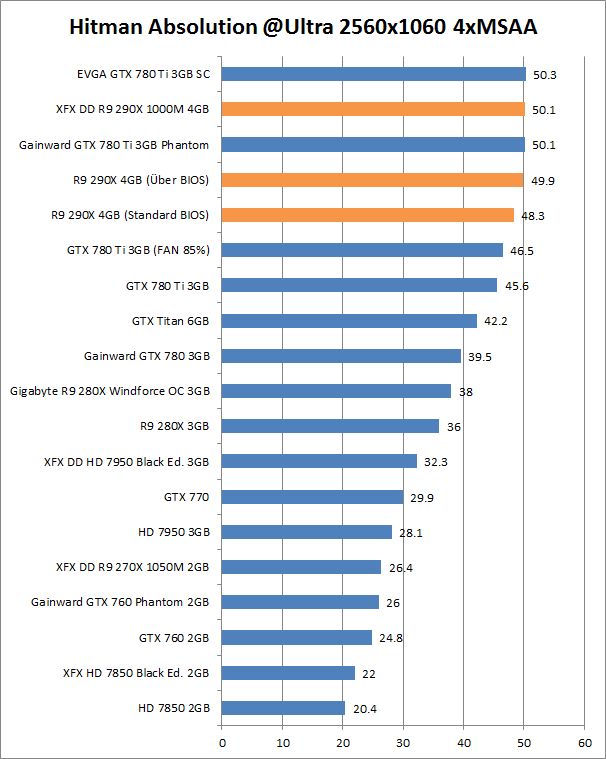The eagerly awaited custom Hawaii cards are coming and one of the first ones made its way to our test rig. The card hails from XFX and of course it features a custom cooler design with a two-fan cooler, which is quite a looker.

We must stress that we were looking forward to receiving the first custom R9 290X cards including the XFX DD R9 290X because the reference R9 290X features a noisy cooler that really prevents users from unlocking the cards’ full potential. The full performance of the R9 290X comes to light in Über mode, when the fan is allowed to speed up to cope with the heat. However, in Über mode the reference card simply gets too loud for most users.
XFX did not mess around with the PCB but XFX has unlocked the voltage on this card. It is a reference design with one six-pin and one eight-pin power connector.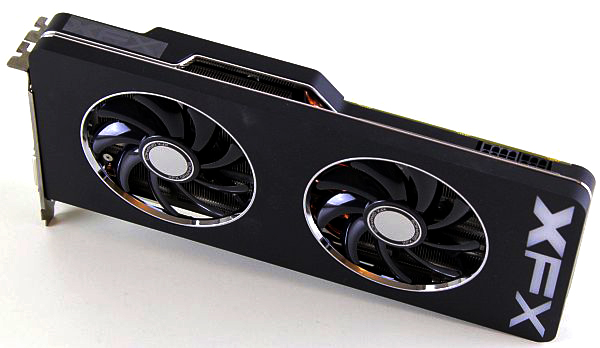
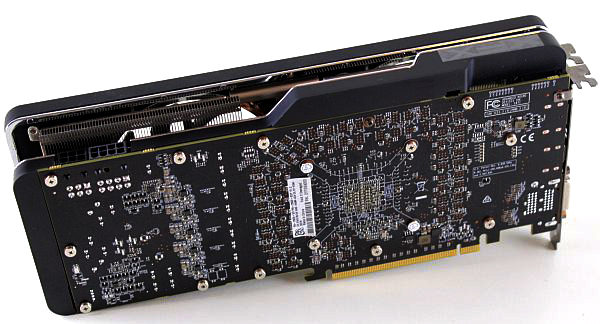
The DD R9 290X lacks Crossfire connectors. AMD correctly assumes that most owners will use their R9 290X on PCI-E 3.0 motherboards that have plenty of bandwidth to ensure communication between two or more R9 290X cards. The decision to drop the connectors also saves a couple of bucks in production costs for AMD and its AIB partners.
XFX DD R9 290X comes with a dual BIOS switch. The switch on the reference card is used to speed up the fan in Über mode, but on the XFX card the secondary BIOS is used as a backup, if something goes wrong when you try to overclock the card.
Although the DD R9 290X is a non-reference card, it is not factory overclocked. The XFX card offers similar performance to the R9 290X in Über mode, but thanks to its non-reference cooler it stays quiet. In fact, it is quieter than the reference card in Normal mode.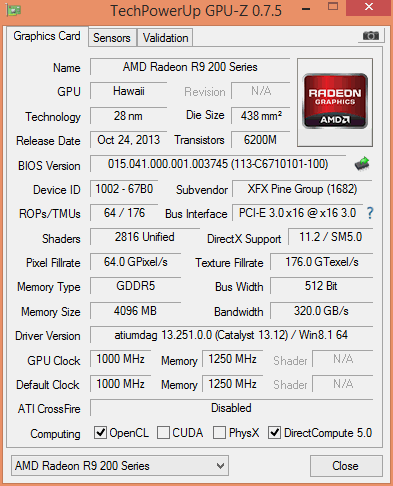
Judging by a few initial tests, the Double Dissipation (DD) cooler has a lot of potential. It manages to keep the GPU under 78 degrees Celsius in gaming tests. The reference cooler does not even comes close and as long as you keep the card under load it hovers around the 95 degree mark.
It is not just about noise and longevity. When we first tested the reference card we quickly found that it spends most of its time clocked at less than 1000MHz and under load the GPU usually doesn’t go over the 900MHz mark. The XFX DD R9 290X does not. In Sleeping Dogs it ran at 1000MHz almost all the time (graph above). Therefore it did not exhibit any performance drops, which can’t be said of the reference card, as it throttles after it gets hot.
Interestingly, Catalyst Control Center does not have a “Target GPU Temperature” setting.
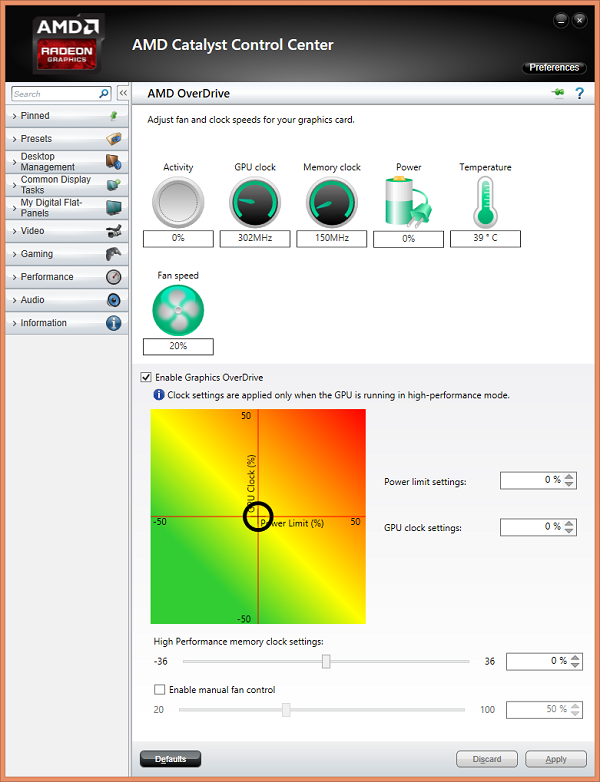
The target GPU temperature on reference R9 290X cards is set at 95 degrees Celsius, as depicted in the screen shot below.
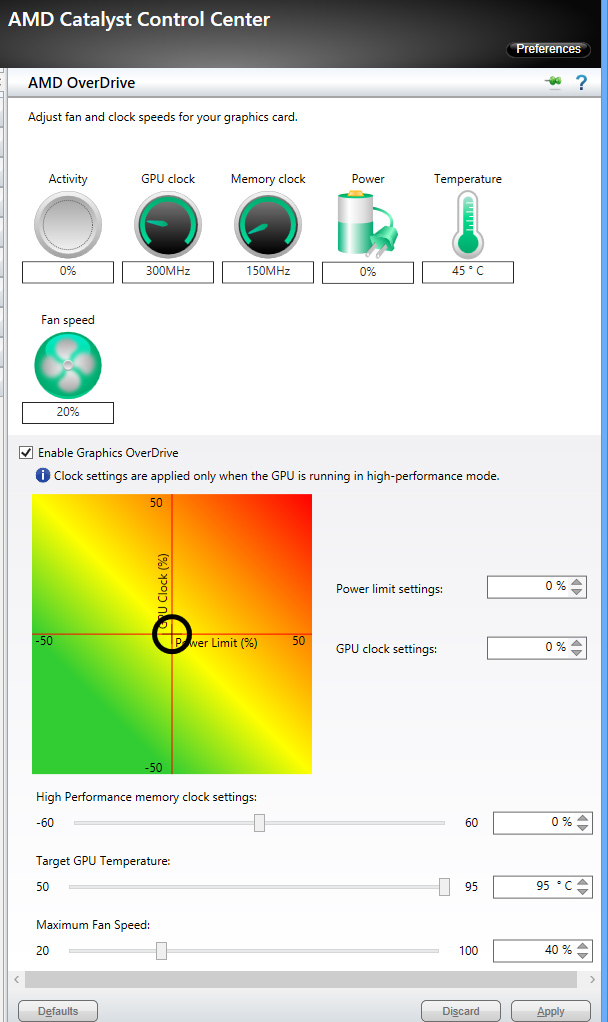
The performance of the DD R9 290X is on par with the reference R9 290X with Über BIOS, but as we already said the DD R9 290X is quieter than the reference card in Normal mode. Stay tuned the full review, this is starting to look like a very promising custom Hawaii card.